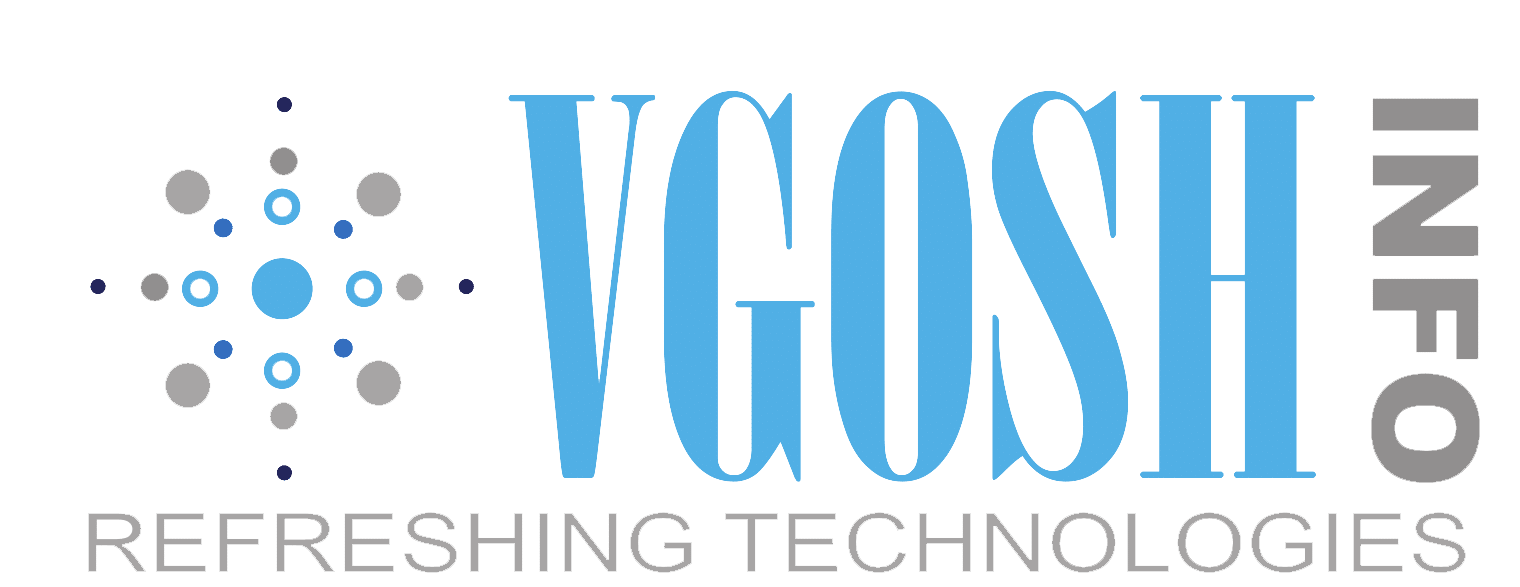Demystifying PaaS Security: Safeguarding Your Applications in the Cloud
Is the cloud secure? It’s a question on every business leader’s mind, especially when considering Platform as a Service (PaaS). While PaaS offers incredible agility and cost-efficiency for application development, security concerns can linger. Let’s cut through the fog and shed light on securing your applications in the cloud.
Understanding the Shared Responsibility Model:
PaaS providers take care of the underlying infrastructure security, including physical security, network security, and operating system patching. However, the applications and data you build on the platform fall under your responsibility. It’s a shared responsibility model, where both the provider and you play crucial roles in securing your cloud environment.
Common PaaS Security Concerns:
- Data breaches: Sensitive data leakage is a top concern.
- Insecure APIs: Poorly designed APIs can be exploited for unauthorized access.
- Misconfigurations: Accidental or intentional misconfigurations can create vulnerabilities.
- Insider threats: Malicious insiders can pose a significant risk.
- Third-party vulnerabilities: Integrations with third-party services can introduce vulnerabilities.
PaaS Security Features: Your Cloud Castle’s Arsenal:
Fortunately, PaaS providers offer a robust arsenal of security features:
- Identity and Access Management (IAM): Control who can access your resources with granular permissions.
- Encryption: Encrypt data at rest and in transit to protect against unauthorized access.
- Web Application Firewalls (WAFs): Shield your applications from common web attacks.
- Security dashboards and logs: Monitor your environment for suspicious activity and security events.
- Compliance certifications: Choose providers with certifications like SOC 2 and HIPAA to ensure compliance with security standards.
Securing Your Applications: Building Your Cloud Fort:
Beyond relying on provider features, actively secure your applications:
- Secure coding practices: Employ secure coding practices to prevent vulnerabilities from entering your code base.
- Regular vulnerability scans: Scan your applications and infrastructure for vulnerabilities regularly.
- Patching and updates: Apply security patches and updates promptly to close vulnerabilities.
- Data minimization: Don’t store more data than necessary, reducing the attack surface.
- Access control: Implement least privilege access control to limit user permissions.
- Monitor and respond: Continuously monitor your environment for security incidents and respond promptly.
A Comprehensive Guide to PaaS Security Posture:
1. Assess your risks: Identify potential threats and vulnerabilities specific to your applications.
2. Develop a security policy: Define clear security protocols and procedures for your teams.
3. Train your staff: Educate your developers and IT personnel on best security practices.
4. Automate security: Automate security tasks like vulnerability scanning and patching for efficiency.
5. Test and review: Regularly test your security controls and review your security posture for continuous improvement.
Don’t let security fear be a cloud in your sky. By understanding the shared responsibility model, leveraging provider features, implementing best practices, and following a comprehensive approach, you can confidently build and secure your applications in the cloud.
Ready to embrace the cloud with confidence?
Download our PaaS Security Checklist: Get a handy guide to assess your current security posture and identify areas for improvement.
Talk to our Cloud Security Experts: Get personalized advice on securing your applications in the cloud.
Together, let’s build a secure and agile future for your business in the cloud.
Remember, security is not a one-time event, but an ongoing journey. Embrace the cloud, embrace best practices, and keep your applications safe in the ever-evolving digital landscape. Click here to get started: www.vgoshinfo.com
